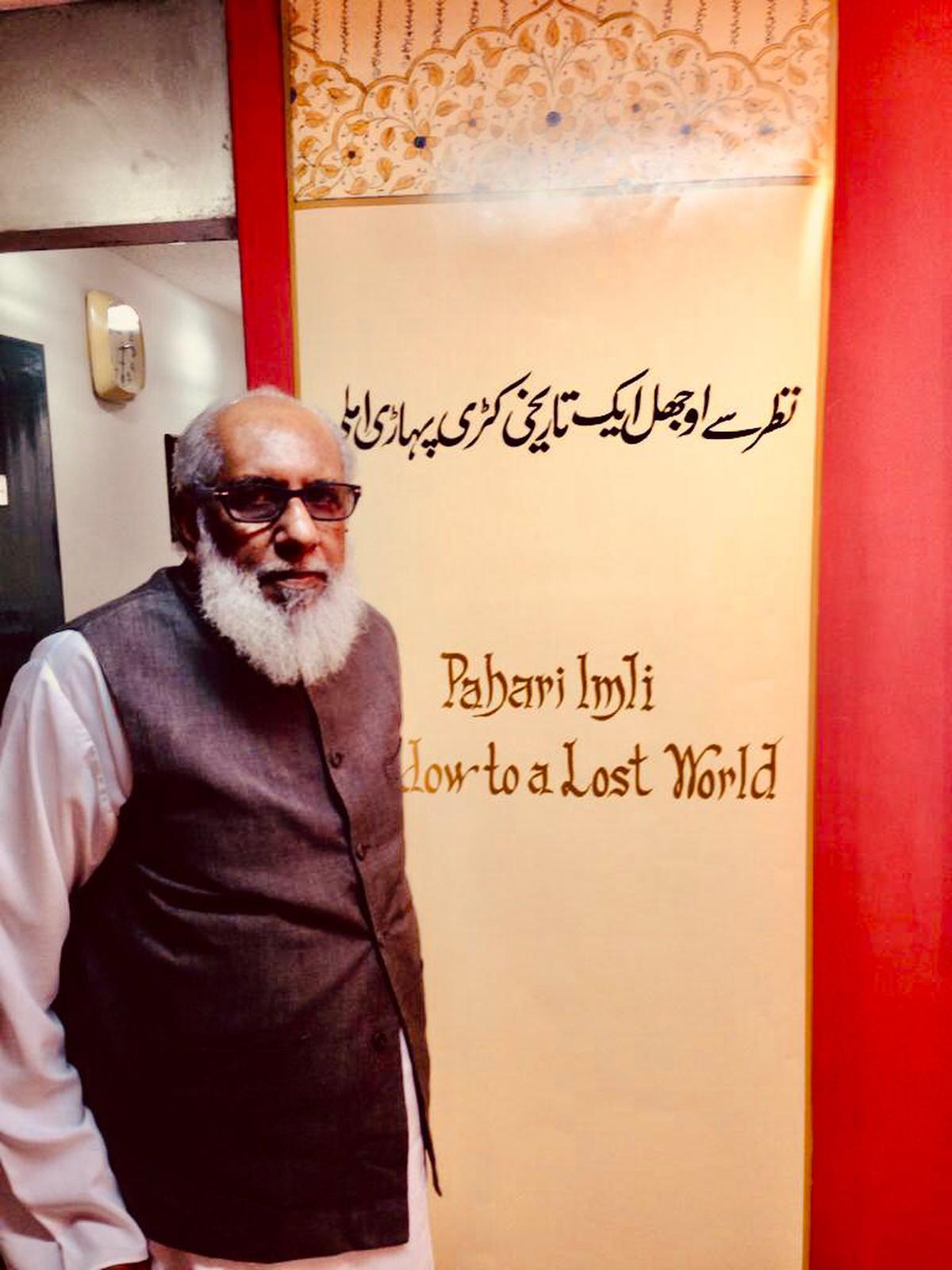[ad_1]
Feroz Dehlavi discusses why he spent hours on painstaking analysis earlier than writing ‘Hamare Zamane Ki Dilli,’ which reminds readers of the wealthy literature and historical past of town
Feroz Dehlavi discusses why he spent hours on painstaking analysis earlier than writing ‘Hamare Zamane Ki Dilli,’ which reminds readers of the wealthy literature and historical past of town
There’s something undeniably wistful about Mohammed Feroz Dehlavi when he speaks. He could have penned ‘ Hamare Zamane ki Dilli’ with a mixture of nostalgia and longing, however immediately he’s saddened on the decline of town.
He says he longs for the times when he would go to Urdu Bazaar reverse Jama Masjid, and immerse himself on the earth of letters in iconic guide retailers providing Urdu literature, together with Saqib Guide Depot, Nadwatul Muslameen, Jamaat-e-Islami’s outlet, Qutub Khana Hameedia, Central Guide Depot, Anjuman Taraqqi Hindi’s outlet and so many others.
The misplaced retailers Individuals in giant numbers procuring on the market reverse Jama Masjid, in Outdated Delhi
| Picture Credit score: SUSHIL KUMAR VERMA
“It pains me to go there immediately. There are only some retailers remaining now,” he says, including ruefully, “At the moment, there are hen and mutton retailers, biryani corners. I name it Murgh-o-Mahi Bazaar, not Urdu Bazaar.”
He’s pragmatic sufficient to know that Urdu is “not the language of the financial system” and “a language that fails to get you job or earn a residing finds few takers” He says, “There are shoe, music or paan retailers rather than guide retailers. The long-lasting Qutub Khana Rasheedia of Thirties not exists. Locations the place individuals used to learn and focus on books, say at Sangam Kitab Ghar, Maktaba Burhan, Maktaba Shara or Azad Guide Depot are all gone. The place does one focus on, debate and even learn now? Like a technology has quietly slipped away.”
Additionally, gone is the Shama journal He recollects old-timers shopping for the journal for its moamma, and a pickle-seller in Chitli Qabar being sensible sufficient to promote the puzzle solely after making a photocopy for himself. Such was the recognition of the moamma that Shama went on to carve out its personal area of interest as most likely the primary Urdu journal on cinema. “The identical destiny has fallen neighbourhood libraries which used to lend books for 2 paise a day in Outdated Delhi. The moamma ended round 30 years in the past. The libraries with books-on-hire services additionally shut store across the similar time.”

Feroz Dehlavi
| Picture Credit score: Particular Association
Dehlavi’s guide covers an enormous spectrum of town’s life from 1857 to 1975. Whilst he talks of social traditions and hangouts of Outdated Delhi, the land of countless soirees and mehfils, he remembers many historic moments within the metropolis.
Feroz comes up with a pleasant slice of nostalgia. “When the 1911 Durbar occurred and India’s capital was being shifted from Calcutta to Delhi, the procession for Kingsway Camp began from the steps of Jama Masjid. Tickets had been bought right here to be part of the historic occasion. Abdul Rehman sahib has written about it in nice element.”
Replete with such anecdotes, the guide is a results of painstaking analysis, hours spent in libraries, poring over books penned by those that cherished Delhi. “I’m a Twelfth-generation Dilliwallah. I’m most hooked up to Dilli. No matter I’ve heard from my elders, learn or was instructed in regards to the metropolis, I made a decision to pen it down for the advantage of coming generations. Urdu is my language of speech and writing. So, I made a decision to do that guide in Urdu,” he says.
Stating that he did a variety of analysis for a few years for the guide, Feroz says he learn many authors on the topic. He additionally went by means of books and paperwork on the Urdu Akademi, Urdu Ghar, the library at Zakir Husain school. (By the way, Feroz used to show at Zakir Husain from 1983 to 2008. Curiously, he was a pupil on the similar school.) He concludes, “I lastly targeting the interval between 1857 and 1975, The concept was to protect the social lifetime of town, the small traditions and tradition for the subsequent technology.”
[ad_2]
Supply hyperlink